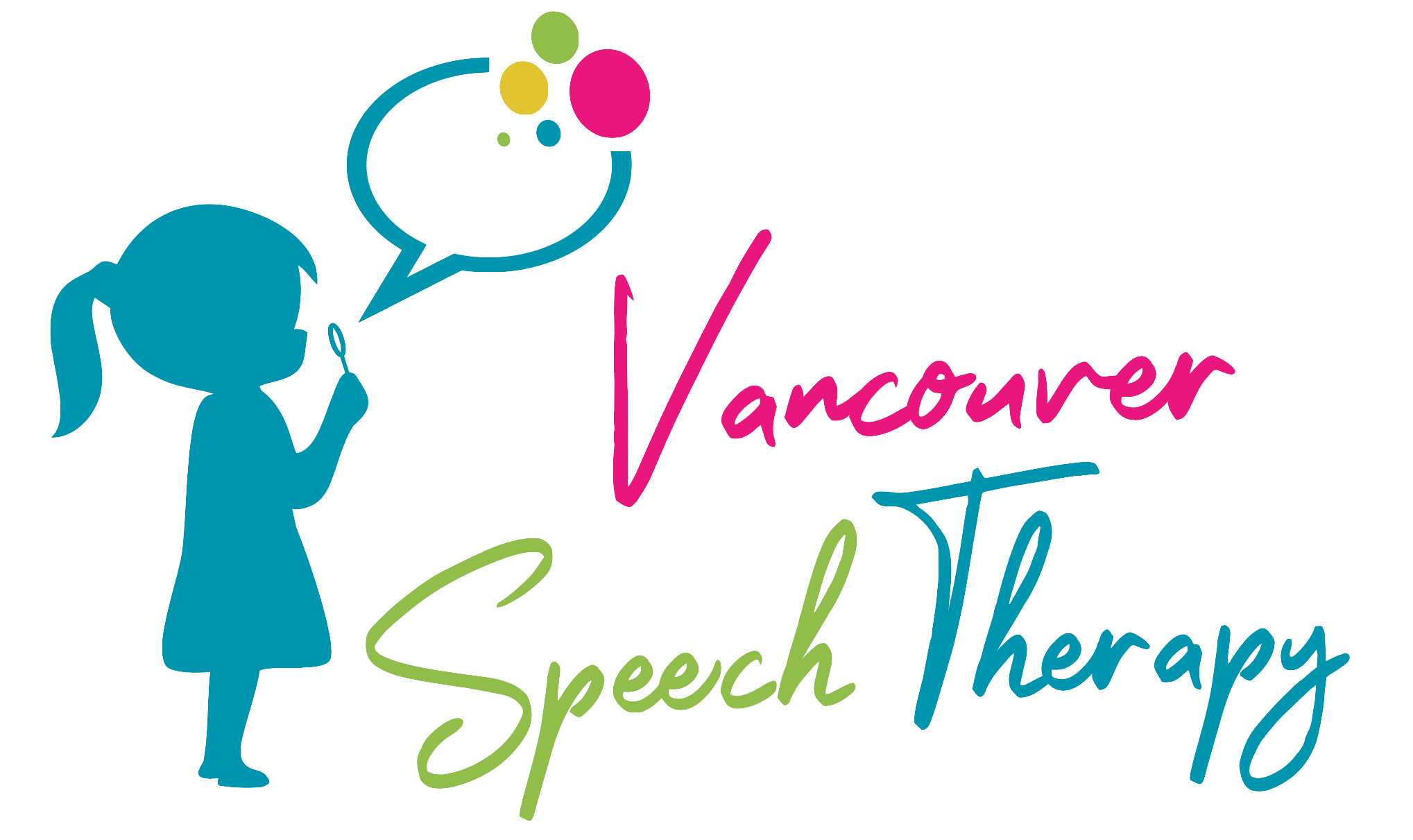
29 Mar What is Speech and Language Therapy and How Does it Work?
Communication is at the heart of human interaction, integral to our personal, social, and professional lives. However, not everyone finds it easy to express themselves due to speech and language challenges. What is speech and language therapy, you might ask? It’s a specialized field of care designed to assist individuals of all ages to overcome these challenges, enabling them to communicate effectively and confidently. In this blog post, we will explore the transformative power of speech and language therapy, highlighting its methodologies, the pivotal role of therapists, success stories, and the significant impact it has on individuals’ lives.
From aiding children with developmental delays to supporting adults recovering from strokes, speech and language therapy is a beacon of hope, empowering people to express themselves and connect with the world meaningfully.
Foundations of Speech and Language Therapy

At its core, speech and language therapy delves into the complex process of communication. This therapeutic approach addresses a wide array of issues, ranging from speech and articulation difficulties to challenges with language comprehension and expression. Therapists in this field utilize a diverse set of strategies and tools tailored to each individual’s unique needs. By enhancing both verbal and non-verbal communication abilities, as well as swallowing function when necessary, speech and language therapy aims to improve overall quality of life. The foundation of this therapy lies in a deep understanding of how we communicate and the barriers that can hinder this fundamental human function.
The Wide Spectrum of Speech and Language Disorders
Understanding the vast scope of speech and language disorders is essential when exploring what is speech and language therapy. These disorders can range from articulation and fluency issues, such as stuttering and lisping, to more complex language problems, including aphasia and developmental language disorders. Additionally, speech and language therapy addresses challenges with voice quality, such as dysphonia, and pragmatic language impairments affecting social communication skills. Each disorder presents unique obstacles for individuals, underscoring the importance of tailored therapeutic interventions to meet diverse needs and facilitate effective communication.
The Role of Speech and Language Therapists
Speech and language therapists play a pivotal role in the therapeutic process, equipped with specialized qualifications and expertise that enable them to address a wide range of communication and swallowing disorders. Understanding what is speech and language therapy involves recognizing the multifaceted responsibilities these professionals shoulder. Their duties extend far beyond the therapy sessions themselves; they conduct in-depth assessments to diagnose speech, language, and communication issues, and develop customized treatment plans tailored to each individual’s needs.

Qualifications and Expertise
The qualifications and expertise of speech and language therapists are critical to their ability to provide effective care. They are trained in various therapeutic techniques and strategies that facilitate improvements in communication abilities. This training often involves a comprehensive education in linguistics, psychology, anatomy, and physiology, equipping therapists with a deep understanding of both the mechanical and cognitive aspects of speech and language.
Responsibilities and Duties
During therapy sessions, these therapists employ a variety of exercises and activities designed to target specific areas of difficulty. Their responsibilities also include educating and empowering families and caregivers with strategies to support the individual’s progress outside of therapy sessions. The collaborative approach taken by speech and language therapists ensures that care is holistic and extends into the individual’s everyday environment, enhancing the overall efficacy of the therapy.
Speech Therapy Techniques and Interventions
Speech therapy encompasses a variety of techniques and interventions designed to address communication challenges across different areas. Let’s explore the key approaches used in speech therapy:

Articulation Therapy
Articulation therapy is a fundamental component of speech therapy, focusing on improving speech sound production. This therapy targets individuals who struggle with articulating specific sounds accurately. Speech-language therapists employ various exercises and techniques to help clients master correct tongue placement, lip movement, and airflow for producing speech sounds. Through drills, repetition exercises, and oral-motor exercises, clients learn to produce sounds correctly and develop clearer speech.
Language Therapy
Language therapy addresses difficulties in language comprehension, expression, and pragmatic language skills. This type of therapy benefits individuals with language disorders such as receptive and expressive language disorders, aphasia, or developmental language delays. Therapists use a range of activities, including vocabulary-building exercises, sentence structure drills, storytelling, and role-playing, to improve language skills. Additionally, therapy sessions may focus on enhancing pragmatic language skills, such as turn-taking, social cues interpretation, and conversational skills, to facilitate effective communication in social contexts.
Voice Therapy
Voice therapy is designed to address issues related to vocal quality, pitch, resonance, and overall vocal health. This therapy is beneficial for individuals with voice disorders, such as dysphonia, vocal nodules, or vocal cord paralysis. Through vocal exercises, relaxation techniques, and vocal hygiene education, speech-language therapists help clients develop proper vocal production habits and reduce strain on the vocal cords. Voice therapy aims to improve vocal clarity, endurance, and resonance, allowing individuals to communicate effectively and confidently.

Fluency Therapy
Fluency therapy focuses on improving fluency and reducing stuttering behaviors in individuals who stutter. Therapists use evidence-based techniques such as stuttering modification and fluency shaping approaches to help clients manage their stuttering symptoms. Techniques may include controlled fluency exercises, breathing strategies, speech rate modification, and desensitization to stuttering moments. Through therapy, individuals learn to increase fluency, reduce speech disruptions, and gain confidence in their communication abilities.
Augmentative and Alternative Communication (AAC)
Augmentative and Alternative Communication (AAC) encompasses various communication devices or systems used to supplement or replace speech for individuals with severe communication impairments. AAC systems may include picture communication boards, communication books, speech-generating devices, or computer-based communication programs. Speech-language therapists work with clients to assess their communication needs and abilities, select appropriate AAC tools, and provide training to facilitate effective use of these systems. AAC allows non-verbal individuals to express themselves, participate in conversations, and engage with their environment more independently.
Breaking Down the Therapy Process
The therapy process begins with a comprehensive assessment, where therapists evaluate the individual’s communication abilities and challenges. Following this, a personalized therapy plan is formulated, focusing on the person’s specific needs. Sessions may involve one-on-one interaction, group activities, or exercises with family members, employing various techniques outlined earlier. Progress is continuously monitored, with adjustments made to the therapy plan as needed. This iterative process is at the heart of what speech and language therapy is, ensuring tailored support that fosters meaningful improvements in communication skills.
The Power of Early Intervention
Identifying speech and language challenges as early as possible is crucial for young children’s development. Early intervention sets the stage for more effective communication skills by addressing issues before they become more ingrained. By starting therapy during these formative years, children not only gain the tools they need for clearer expression but also benefit from improved social interactions and academic readiness. This proactive approach can significantly influence a child’s ability to navigate and succeed in various aspects of life, reinforcing the importance of early detection and therapy in fostering long-term growth and confidence in their communication abilities.
How to Support Someone Undergoing Speech and Language Therapy

Supporting someone undergoing speech and language therapy involves encouragement and patience. Familiarize yourself with their goals and the challenges they face to offer meaningful assistance. Practice communication strategies recommended by their therapist at home to reinforce learning. Celebrate their progress, no matter how small, to boost their confidence and motivation. Remember, understanding what is speech and language therapy helps in recognizing the effort and perseverance your loved one is putting into their journey towards effective communication. Engage in active listening and provide a non-judgmental space for them to practice their skills, making the therapeutic journey a shared and supported experience.
Finding the Right Therapist and Starting the Journey
Selecting the right therapist is a key step in embarking on a successful speech and language therapy journey. Vancouver Speech Therapy boasts a team of highly skilled therapists, each committed to providing personalized and compassionate care. Begin by scheduling a consultation to discuss your or your loved one’s specific needs. During this meeting, you can ask about the therapist’s experience, their approach to treatment, and expected outcomes. By choosing Vancouver Speech Therapy, you’re taking a significant step toward overcoming communication barriers and enhancing the quality of life through improved speech and language skills.

